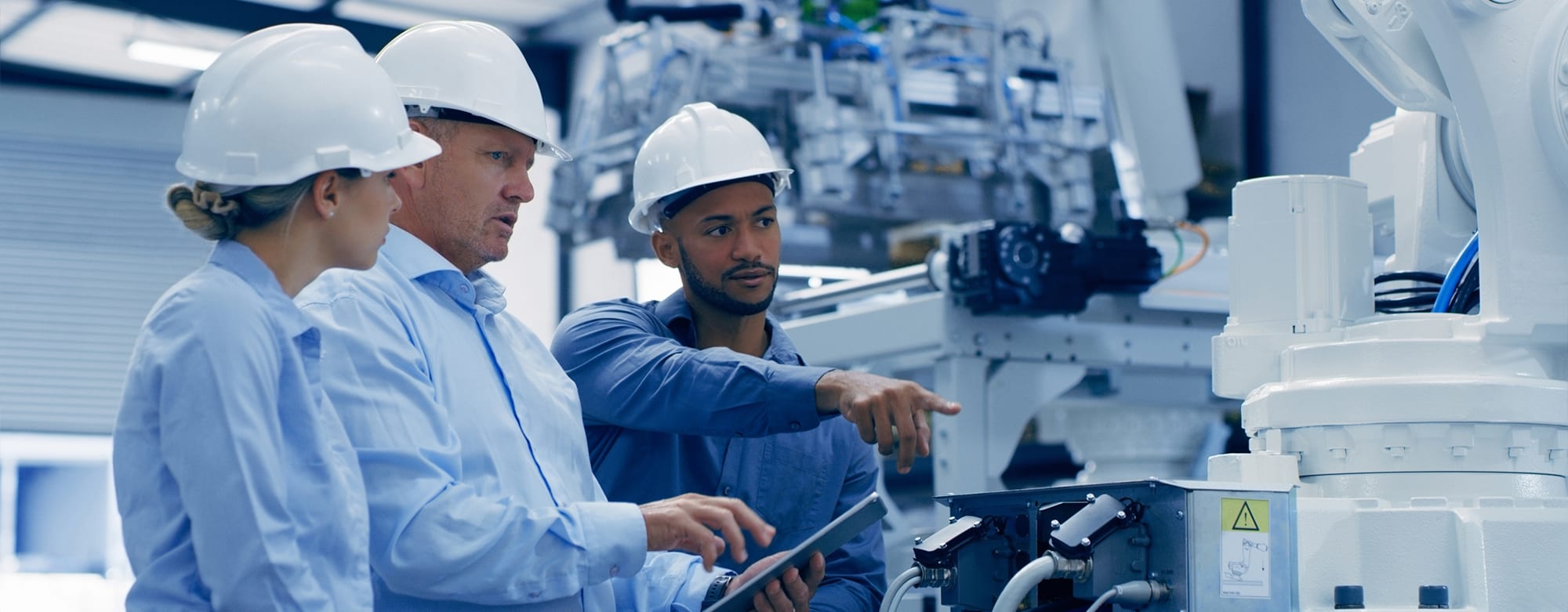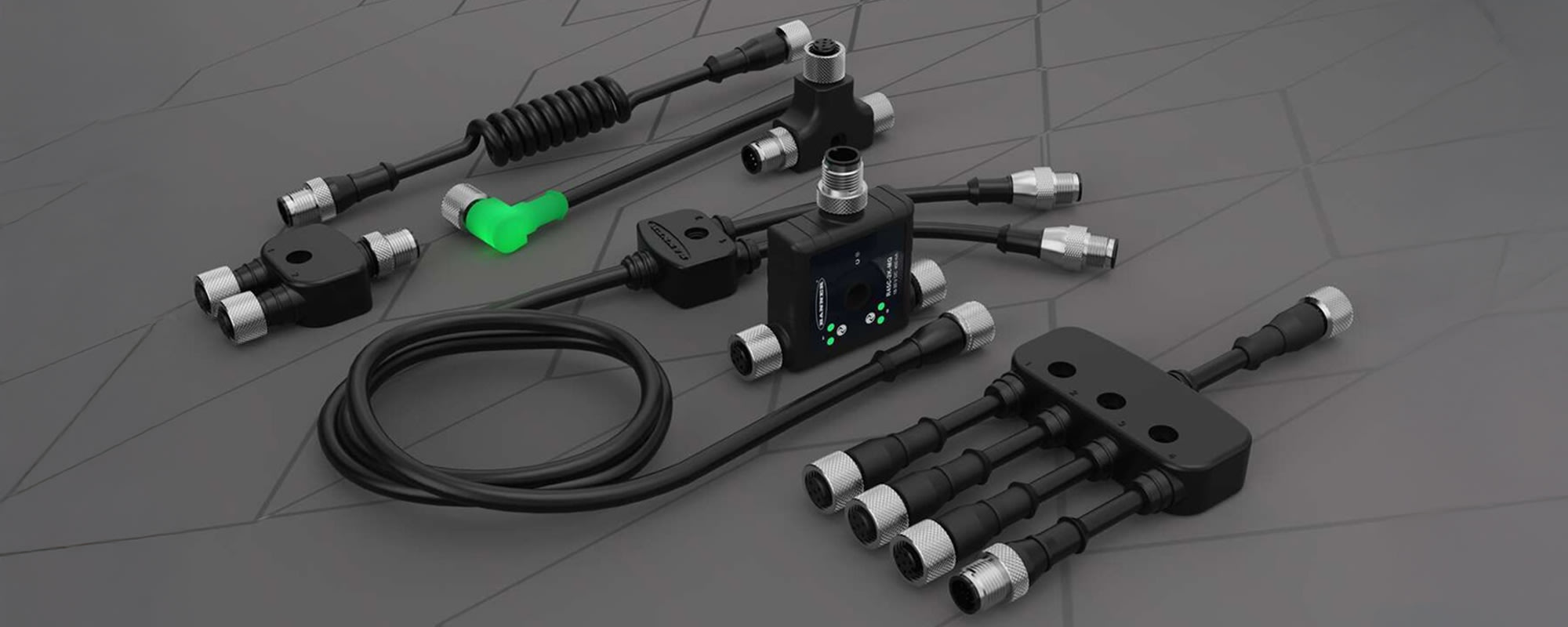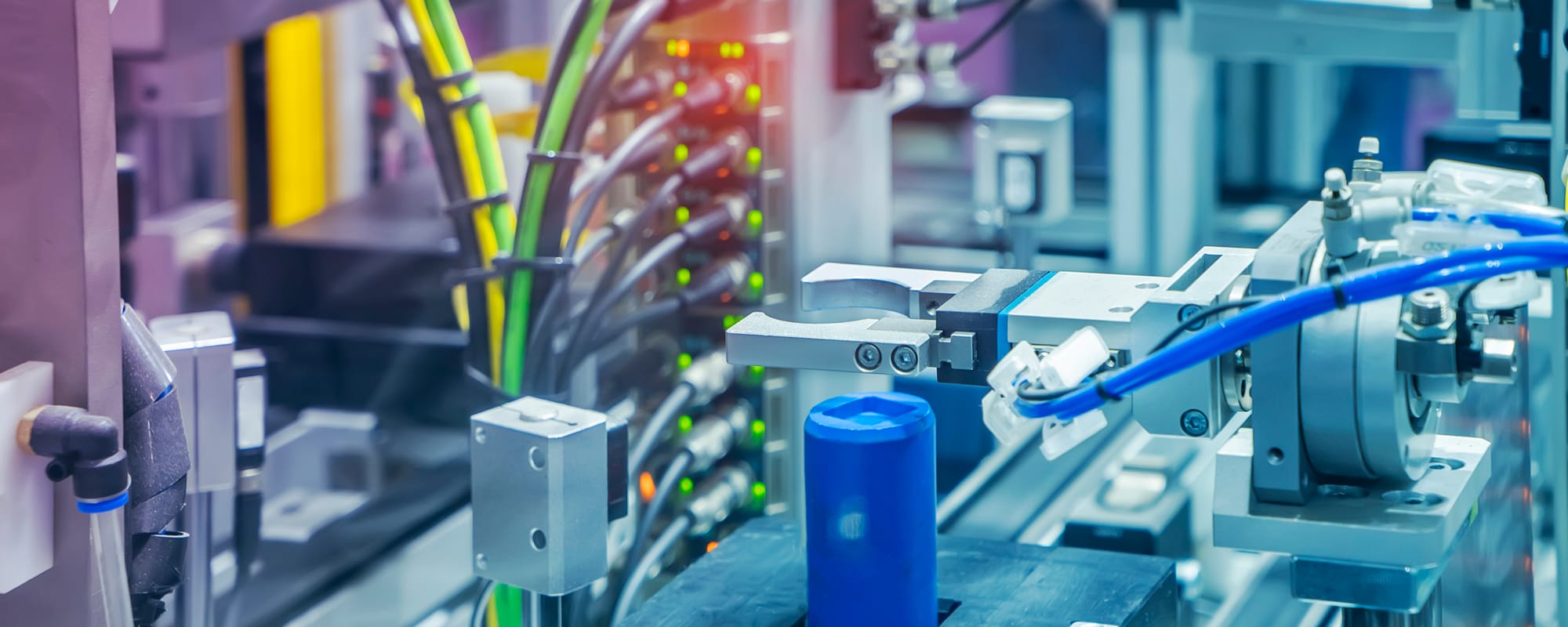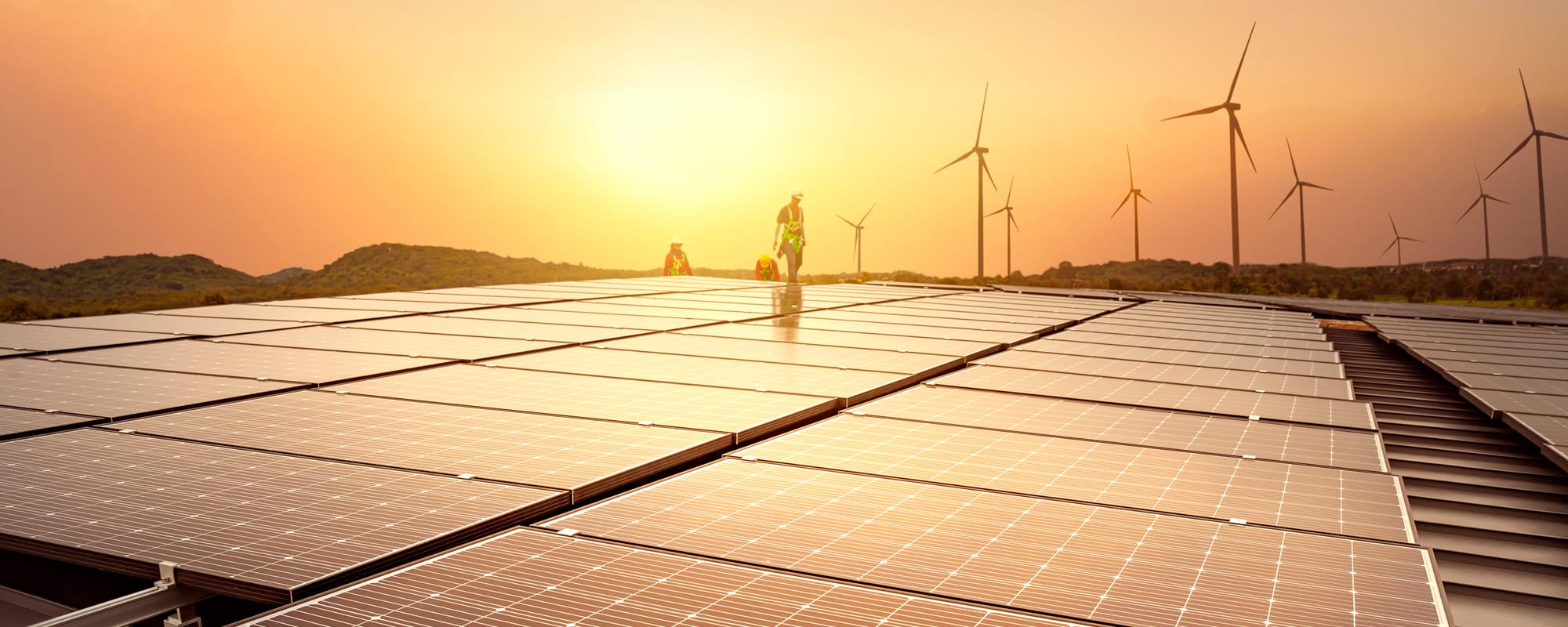Belden’s Alpha Wire Product Manager, Julie Harnishfeger, deep dives into high-performance cables for harsh-environment industrial automation applications, addressing common challenges and demands, sharing specification considerations, and introducing the Alpha Wire difference and a select few Alpha Wire cable series engineered for peak performance in these rugged environments.
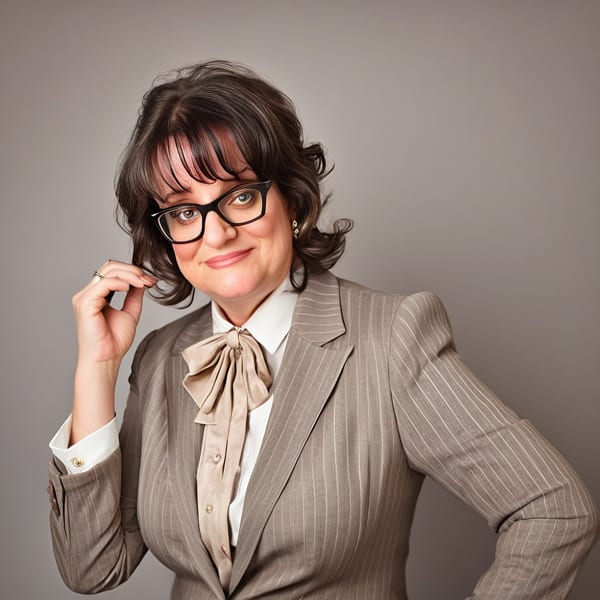
Cabling is a crucial aspect of industrial connectivity. We spoke with Julie Harnishfeger, Belden’s Alpha Wire Product Manager, to learn more about choosing the proper wire or cable for industrial automation projects exposed to hazardous elements.
Here, Julie deep dives into high-performance cables, addressing common environmental hazards and harsh environment applications and sharing cable selection tips sure to lead to application success. She also introduces Alpha Wire’s broad selection of cables engineered to meet the needs of industrial automation applications in various industries and environments.
Hi Julie. Please introduce yourself and tell us about your role at Belden.
I’m the product manager for Alpha Wire, which sits under the Belden Electronics portfolio. I earned my academic degrees when I was in my 40s. Prior to my time in school, I owned an IT infrastructure company specializing in cloud management. From there, I worked for a cybersecurity company while earning my bachelor’s degree in human resources management and business. I went on to obtain a dual master’s in business administration and — a few years later — the science of management and leadership, and I joined the world of sales during COVID, which eventually led me to Belden.
I’ve had a lot of different roles, but in my current position as a product manager at Alpha Wire, I handle all parts of the globe. I’m similar to a general manager in that I have a hand in many aspects, ranging from operations to marketing, and I work with our engineering, financing, and accounting teams.
I’m one of those rare birds who can talk about wire, cable, and our other connectivity solutions, and explain how these products fit into our switches and routers and other products — all the way up to the cloud and back.
Please also provide us with a brief introduction to Belden.
While Belden has more than 120 years of experience and innovation in creating wires for industrial purposes, our company has evolved. Before, we were strictly a wire and cable company. But we’ve transformed into a complete connection solutions provider. That means we’re here to be the bridge between people and their ideas for data and applications.
We’re headquartered in St. Louis with manufacturing capabilities in North America, Europe, Asia, and Africa, and we work to drive the best outcomes in industry through data by connecting people, information, and ideas to provide clarity and unlock possibilities.
You joined us today to talk about high-performance cables for industrial automation applications. What should we know about the basics before you really dive in?
Cables and wires, while similar, have some differences. Wires work with just one signal — transferring just data or just power. For example, a telephone line transfers just phone data. Cables, on the other hand, can do multiple things, including transfer data and power, and some even having multiple layers within those operations. Cables also enable both communications and control, and both are often needed in industrial applications.
Cables come in a vast range of options, configurations, and types — including audio/video, control, communications, and Ethernet, power, fiber optic, variable frequency drive (VFD), and more — as well as in different colors, voltage levels, and lengths. High-performance automation cables are those designed to withstand the harshest environments or a high amount of processing. Consider environments such as deep-sea oil rigs solar mills in the dessert, and industrial automation facilities; that’s where your high-performance cable lives.
In industrial automation applications, cables are often used to communicate with or control machinery and equipment, like conveyor belts and robots, in environments exposed to a variety of hazards. The MICE system is an industry-standard categorization system used to classify industrial environments like these and ensure that the cabling used in them is more durable and robust than standard commercial cables. This classification system identifies the presence and severity of mechanical, ingress, climatic, and electromagnetic (MICE) hazards in various industrial environments to help operators choose the appropriate industrial cables for their needs. There are three levels of severity — 1, 2, and 3, each indicating a higher level of risk — and each hazard category is rated individually. For example, an automated assembly environment might have a high risk of mechanical stress but a low risk of the other three hazards, which would make for an M3I1C1E1 classification, and an automated food and beverage manufacturing facility might have a high risk of mechanical, ingress, and climatic (e.g., chemical) hazards but a low risk of electromagnetic interference (EMI), which would make for an M3I3C3E1 classification.
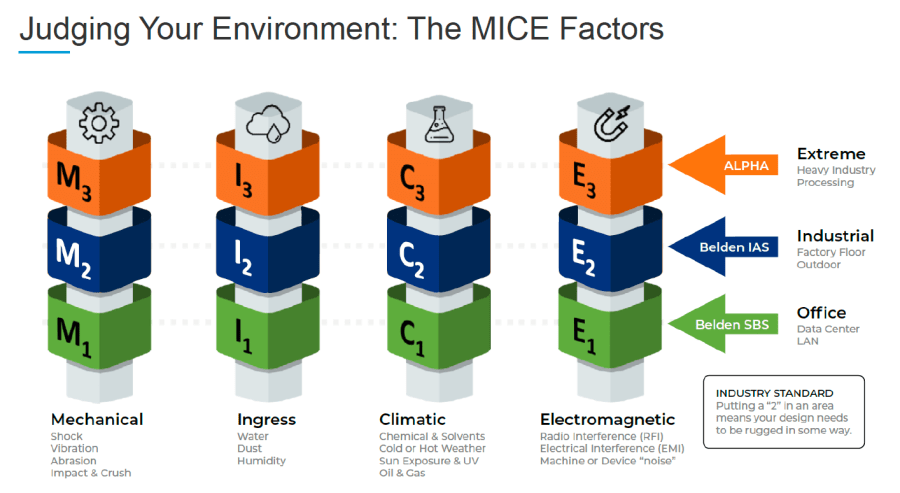
Operators must carefully consider the MICE classifications for their application environment to ensure that they specify the right cables for the job, as different cables are designed to withstand different hazard levels.
Please tell us more about MICE considerations and conditions that require high-performance industrial automation cables.
First, you should consider environmental hazards. For example, cables used in offshore oil rigs, solar batteries in the middle of the desert, or wind farms out in the open must withstand a variety of harsh elements, including heat, cold, wind, and rain.
But it’s not just outdoor applications you have to consider the environment for. There can be harsh environmental elements inside of a factory as well, including extreme heat, flames, and water and chemical exposure. For example, food and beverage manufacturing and packaging facilities are subject to strict FDA sanitation protocols designed to ensure compliance with various hygienic and regulatory requirements. So, cables used in these environments must withstand extensive cleaning procedures that often including high-temperature, high-pressure washdowns with water and cleaning chemicals.
Another consideration is amount of processing and the number of flexing cycles a cable must endure. MRI machines, for instance, are subject to a constant stream of shock, vibration, and electromagnetic emissions when operational. So, the cables used in them are subjected to MICE level three (MICE 3) mechanical hazards given the millions of different flexing cycles and MICE 3 electromagnetic hazards given the steady stream of magnetic and radio waves. Robots used in industrial automation applications face similar hazards, including near-constant flexing and — depending on the environment — EMI. In addition, many industrial automation applications are exposed to lubricants and oils or need to be cleaned with water or harsh chemicals, which requires an IP67 rating. These also tend to require MICE 3 cabling.
What common challenges do people face when it comes to selecting and implementing cable in industrial automation environments? Do you have any advice for overcoming these challenges?
First and foremost, you have to consider the application. Questions to consider include: What does the cable need to do? Will it be in a machine? Will it move around and need to flex thousands of times? Next, think about the environment you’re in. Space is another factor that can impact the type of cable you need to choose, as limited space can be a hazard.
The most common issue we see is someone who has a cable that is rated below the level of ruggedness that they need. Oftentimes, people want to try to save costs with cables because they don’t account for a large percentage of the overall cost of a project. However, cable breaks and malfunctions can lead to costly unplanned downtime.
It’s estimated that industrial manufacturers lose around $260,000 for every hour of downtime. So, you don’t want to have to stop production to rip out a cable just because you went with a MICE 2 cable instead of a MICE 3 in hopes of saving some money.
Our rule of thumb is that if you hit one thing that’s MICE 3, then the whole thing should be level three.
On the other hand, there are times a customer will ask us for the highest-rated cables and, through speaking with them, we’ll learn they don’t need quite that level and help them choose the right cable for the job, maximizing their investment.
Please introduce us to Belden’s Alpha Wire brand.
When we talk about Belden products, and Alpha Wire specifically, we talk about quality, service, and price. Alpha Wire develops wire, cable, and tubing solutions designed to provide superior performance and reliability in demanding, harsh environment applications extending throughout the industrial automation, aerospace and defense, semiconductor fabrication, and medical device manufacturing industries. Products like our popular Xtra-Guard Series provide unsurpassed maximum temperature and chemical performance, and products like our EcoGen Series are made with sustainability in mind. We also have cables rated to specific military, aviation, and aerospace requirements and used in applications including Humvees, airplanes, and even Voyager 2!
Alpha Wire is known for its exceptionally high standards of service and wide breadth of products. We’ve been in the industry for more than a hundred years, so we’re time-tested. Customers know they can count on us.
We offer what is known as high-mix, low-minimum products, which means that you can find Alpha Wire cables in tens of thousands of varieties — including colors and lengths — with low minimum length requirements to order. We also provide free samples and options for prototyping environments. So, if a business is just prototyping a system or product to begin with and doesn’t have plans for a larger order at that time, we’re able to offer them options just for sampling.
Our high-mix, low-minimum approach allows you to order just what you need, without having to worry about hitting a required minimum amount of cable. Many other cable manufacturers require a 10,000- or 15,000-foot order. So, the fact that we’ll provide free samples and application advice to even low-volume customers is something that really sets us apart. It’s all a part of our service.
Please tell us more about the Alpha Wire Xtra-Guard product line.
Alpha Wire’s Xtra-Guard product line, which has been around for decades, is engineered for extreme environments. It’s a hazard-matched cable line designed to satisfy very specific, very challenging application requirements, including those for Class 1 clean rooms and outer space.
These have all the certifications needed for these highly demanding applications, ranging from UL and CSA to FDA to military specs. They can reliably withstand temperatures extending from -80°C to +200°C, are 100% impervious to all chemicals, solvents, acids, fuels, and water, and have excellent flame resistance.
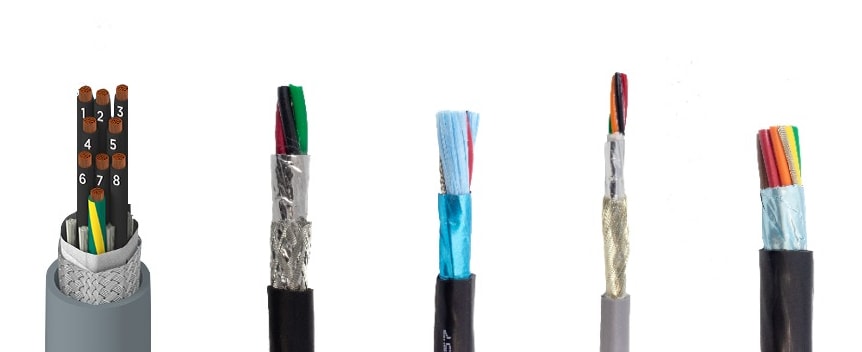
The Xtra-Guard cable range also allows customers to configure cables however they want and need, offering 2–80 conductors, gauge sizes from 28 to 14, unshielded, foil shieled, and Supra-Shield Foil+ Braid options, and even a TPE flex cable option designed to meet provide the right mix of toughness and flexure for applications that require rolling, C flex, bending, torsion, and random motion flex.
Please tell us more about the Alpha Wire EcoGen product line.
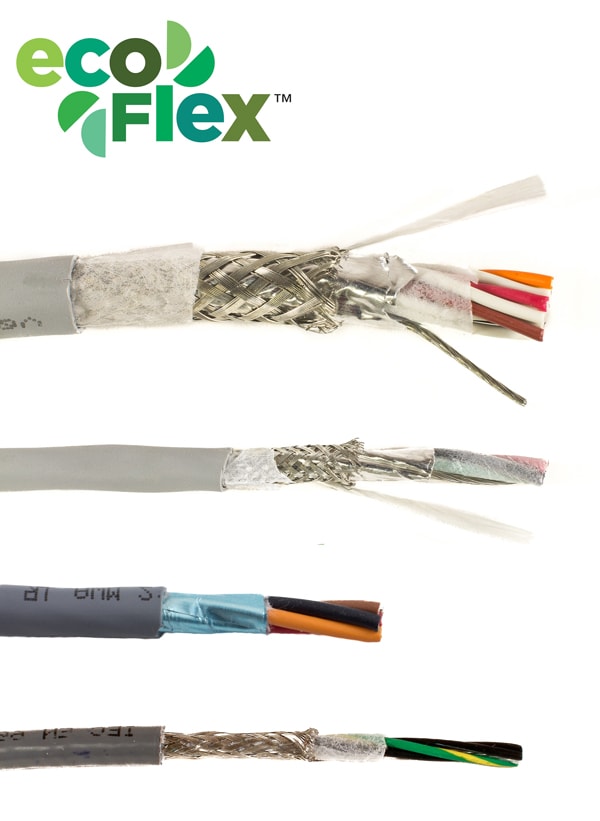
Alpha Wire EcoGen is our environmentally friendly line. It can do everything the Xtra-Guard line can do but features innovative, low-outgassing modified polyphenylene ether (mPPE) insulation and jacket materials free of any halogens, phthalates, and heavy metals. It’s also compliant with the Restriction of Hazardous Substances (RoHS) and Waste Electrical and Electronic Equipment (WEEE) directives. Many companies are submitting to Environmental Site Assessment (ESA) requirements, and this line can help them achieve those goals.
The EcoGen line is also smaller and lighter than traditional PVC cables. So, it can be a good choice for applications with challenging space constraints.
Within the line, we also have subcategories that include:
- EcoCable Control Cable – 600V cables that are up to 47% smaller and 65% lighter than PVC with 87% lower outgassing
- EcoCable Mini – 300V cables that are 32% smaller and 44% lighter than PVC with 92% lower outgassing
- EcoWire – smaller, lighter, halogen-free replacements for traditional insulated wire
- EcoFlex – specifically designed to accommodate rolling, bending, and random flexing
Are there any success stories you’d like to share about Belden’s Alpha Wire brand Xtra-Guard or EcoGen cables?
We have a customer in the industrial chicken farm field, which is a high-hazard environment. There’s a lot of industrial automation on farms, including in things like feeders. Our customer took six comparable cables from a variety of companies and hooked them up to five different machines. After six months, the only cable still functioning was Alpha Wire’s Xtra-Guard.
Another of our customers is a business that produces robotic arms and has a testing facility equipped with 30 different test lines of flex cables. They use our Xtra-Guard Flex for the same reason. They run those tests on robots for 300 hours, and the only cables left running at the end were Xtra-Guard.
Is there anything else you’d like RS customers to know about Belden, Alpha Wire, or its Xtra-Guard and EcoGen high-performance cabling for challenging industrial environments?
One other thing that sets us apart is that we can produce fully custom cable. If you can’t find a cable on the market — or in our portfolio of more than 50,000 different parts — that does what you need it to do in the environment where you need it, we will create it for you. We have a lot of different materials that other manufacturers don’t have, and our engineers will work with you to create something from scratch.
You can also modify any of our standard products to customize them, changing things like the insulation type or the number of conductors.
In addition, our experts are always available to help. Other companies will charge you to speak to an engineer on the phone, and we don’t charge for that. I’ll talk to you all day long about what type of cable you need or where.
Choose your high-performance, harsh-environment cable with confidence
With so many choices and options in the world of high-performance, harsh-environment cables, making sure you find the one that best suits your needs comes down to working with the experts with the widest range of options. RS offers an extensive selection of wire and cable solutions from Alpha Wire, including the Xtra-Guard and EcoGen Series, and also has the expertise to ensure you have the right cable for your job, right when you need it.
For more information about the Alpha Wire products available at RS, please visit the links provided. For assistance identifying, procuring, deploying, and maintaining Alpha Wire connectivity products, please contact your local RS representative at 1.866.433.5722 or reach out to the RS technical support team.
